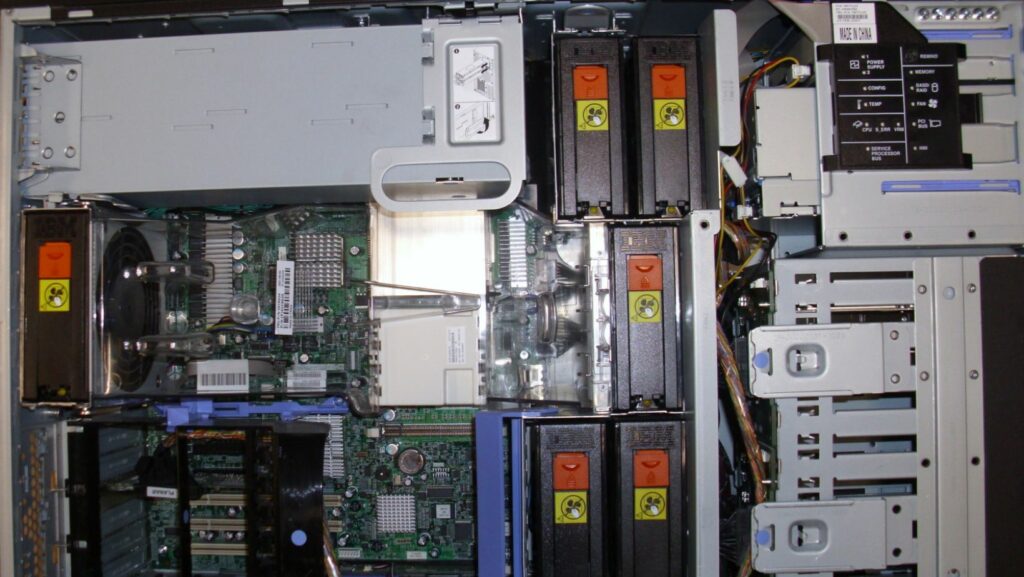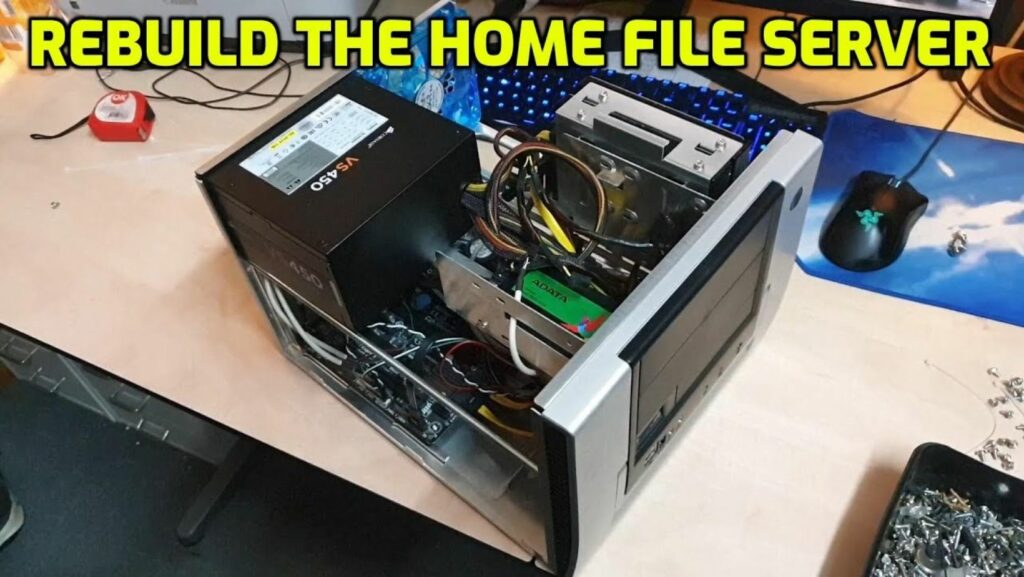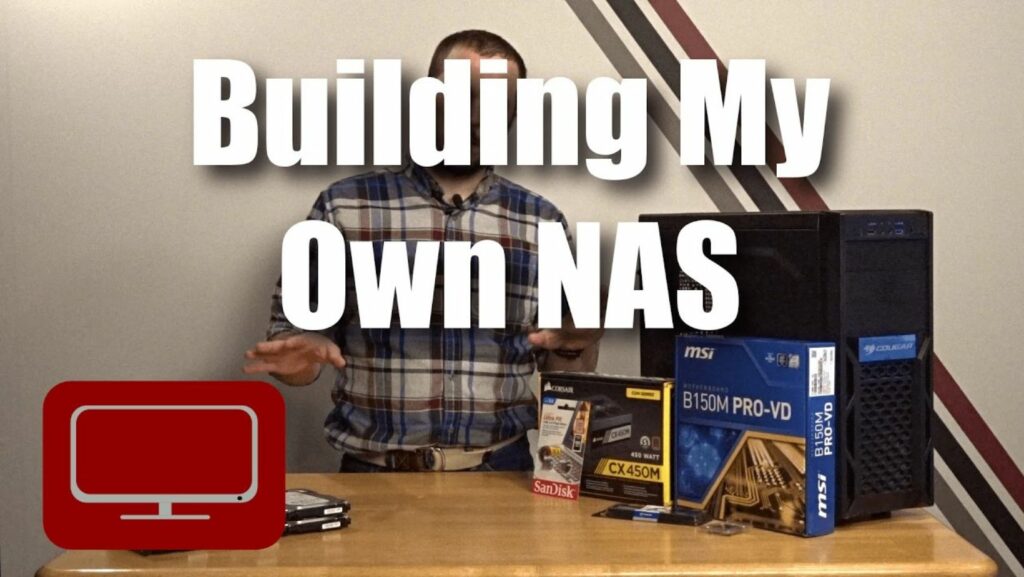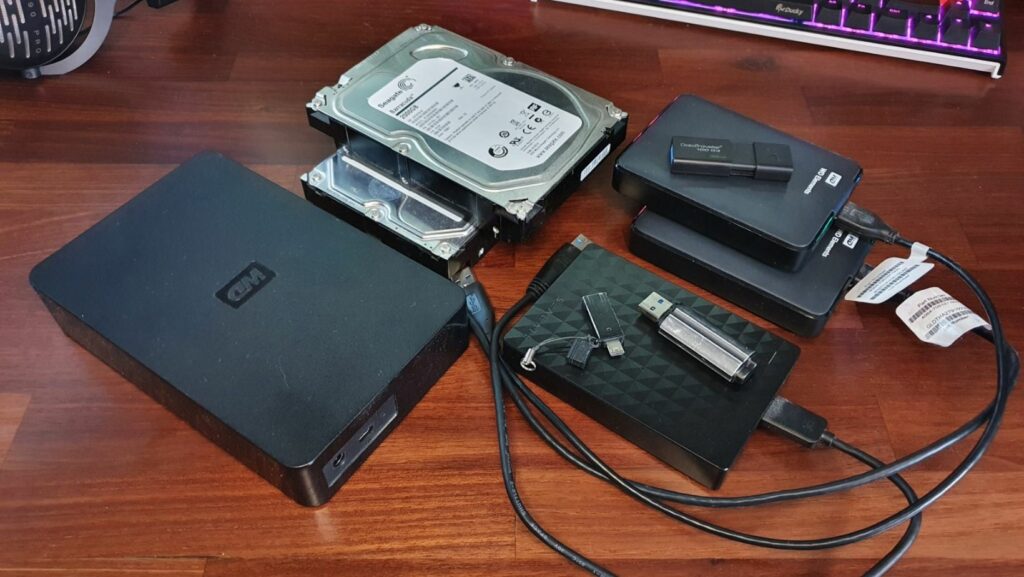
Home File Server

Setting up a home file server can revolutionize the way you manage and access your digital files. Imagine having all your documents, photos, and media files securely stored in one central location that you can reach from any device in your home network. It’s not just about convenience; it’s about efficiency and peace of mind. With a home file server, I’ve experienced firsthand how easy it is to organize my files, share them with family members, and even stream media effortlessly.
In this article, I’ll guide you through the essentials of creating your own home file server, from selecting the right hardware to setting up the necessary software. Whether you’re a tech enthusiast looking for a new project or simply someone who wants to streamline their digital life, a home file server could be the solution you’ve been searching for. Join me as I delve into the world of home file servers and unlock the potential of centralized file management.
What Is a Home File Server?

When considering what a home file server is, it’s essentially a dedicated device or computer connected to a network that stores, manages, and shares files with other devices in the same network. It acts as a central repository for all your digital files, providing convenient access to documents, photos, videos, and more from anywhere in your home. One of the key advantages of a home file server is the ability to centralize and organize your data, making it easier to locate and share files with family members or colleagues.
In understanding the common uses of a home file server, it’s important to note that it can serve multiple purposes. Apart from simple file storage and sharing, a home file server can also function as a media server, allowing you to stream music, movies, and TV shows to various devices within your home network. Additionally, it can be used for automated backups, ensuring that your important data is securely saved in one central location. This versatility makes a home file server a valuable asset for both personal and professional use.
Choosing the Right Hardware for Your File Server
Factors to Consider When Selecting Hardware

- Performance: When choosing hardware for your home file server, it’s essential to consider the performance to ensure smooth file operations and access speed. Look for processors with multiple cores and sufficient RAM to handle concurrent file transfers efficiently.
- Storage Capacity: Assess your storage needs based on the volume of files you plan to store on the server. Opt for high-capacity hard drives or consider a RAID configuration for data redundancy and expanded storage capacity.
- Reliability: Prioritize reliability in hardware components such as hard drives to minimize the risk of data loss. Select drives designed for 24/7 operation and consider investing in redundant power supplies for uninterrupted service.
- Scalability: Choose hardware that allows for future expansion as your storage requirements grow. Opt for a motherboard with multiple SATA ports or PCIe slots to accommodate additional drives or upgrade existing components easily.
- Network Connectivity: Ensure your file server hardware includes Gigabit Ethernet or faster network interfaces for seamless data access and transfer speeds within your home network. Consider dual LAN ports for increased network resilience and bandwidth.
- Processors: Look for Intel Core i5 or i7 processors for optimal performance in file server tasks.
- Storage Drives: Consider brands like Western Digital (WD) or Seagate for reliable hard drives with varying capacities to suit your needs.
- Network Interface Cards (NICs): Brands like Intel, TP-Link, or ASUS offer quality NICs for fast and stable network connections.
- Motherboards: Choose reputable brands such as ASUS, Gigabyte, or MSI for reliable and feature-rich motherboards supporting multiple storage devices and expansion options.
By carefully considering these factors and exploring trusted hardware brands and models, you can build a robust and efficient home file server tailored to your specific requirements.
